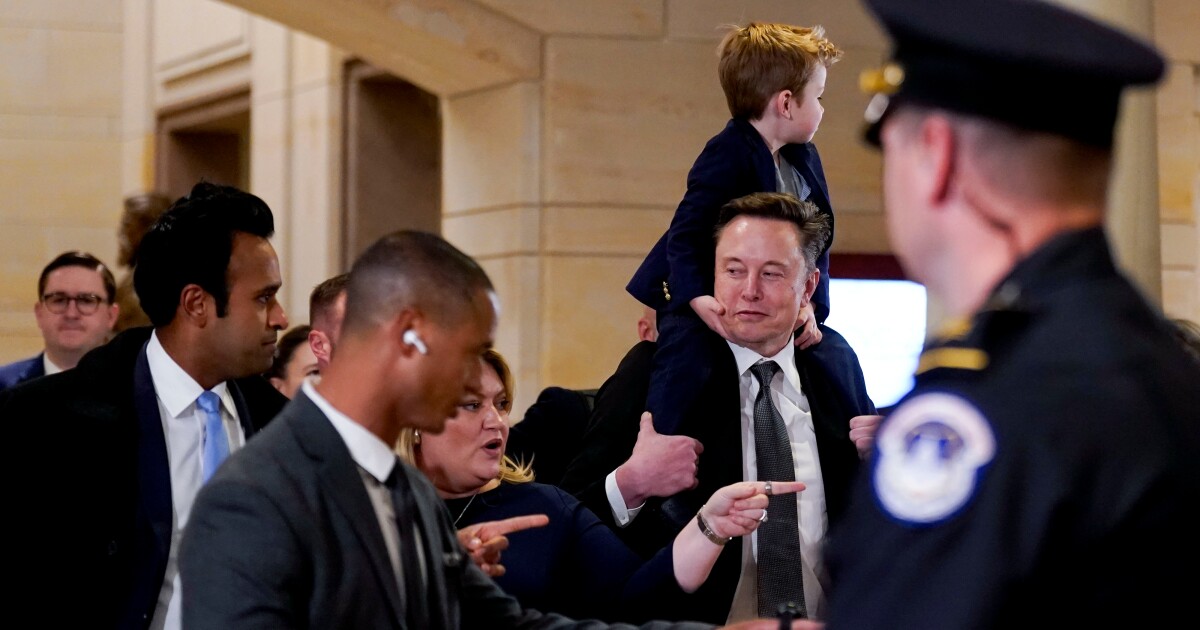Musk’s DOGE targets Cali bullet train
3 min read

Bloomberg News
California’s publicly funded high-speed rail project,
Trump advisors Elon Musk and Vivek Ramaswamy, who will head up the newly created advisory Department of Government Efficiency, have vowed to cut federal funds for the bullet train, which has become one of the country’s most politicized infrastructure projects after years of delays and cost overruns.
“This is a wasteful vanity project, burning billions in taxpayer cash, with little prospect for completion in the next decade,” Ramaswamy said in a
DOGE followed Ramaswamy’s comment with a
The post also noted that California has received $6.8 billion in federal funds, and hopes to win a total of $8 billion over the next five years.
Musk and Ramaswamy, who met with lawmakers on Capitol Hill Thursday, have vowed to cut $2 trillion from the federal budget by July 4, 2026. As a presidential advisory council, DOGE can only make recommendations to Congress, which would then need to approve the cuts.
Trump during his first administration
In addition to federal funds, the California High Speed Rail Authority relies on state bond proceeds from a 2008 voter-approved $9.9 billion bond issue for what was then envisioned as a $33 billion, 800-mile high-speed rail system between San Francisco and San Diego. Revenue from the state’s cap-and-trade program also funds the project.
The full route’s shortfall is as high as $99 billion, and an initial Merced to Bakersfield segment, with an estimated $35 billion price tag, faces a potential $7 billion gap,
In July,
Rep. Sam Graves, R-Mo., chair of the House Transportation and Infrastructure Committee, and Sen. Ted Cruz, R-Texas, top Republican on the Senate Commerce Committee, in May
California state Sen. Scott Wiener, chair of the Budget Committee, said in a







